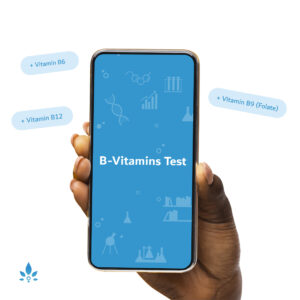Childhood ear Infections


The human ear is composed of three parts: the outer ear (the fleshy part that sticks out from your head, as well as the ear canal); the middle ear (the eardrum, the three small bones that convey sound, and the eustachian tubes that run to the back of your throat); and the inner ear (which includes the cochlea and semicircular canals, important for hearing and balance). An ear infection, technically known as otitis media, is an inflammation of the middle ear. It’s usually caused by a backup of fluid in the eustachian tubes that then becomes infected with a bacteria.
Infants and toddlers are notorious for their susceptibility to acute ear infections. This is, in part, because their eustachian tubes are smaller and lie more horizontally, causing them to clog up easily after a cold. Symptoms of an active ear infection may include a child who:
- Is extremely irritable and prone to crying, over and above her usual crankiness.
- Has a low-grade fever, either during or shortly after a cold.
- Has difficulty sleeping.
- If able, verbally complains about ear pains.
- Tugs, rubs, or holds ear if is not old enough to talk yet. This is not diagnostic of an ear infection, though this certainly can be a sign of discomfort.
Many of these symptoms are non-specific, however, and can be seen in many children who are just under the weather.
Most acute ear infections clear up on their own within a couple of days. You can ease your child’s discomfort by administering an over the counter pain medication such as ibuprofen or acetaminophen. However, you should see a paediatrician if your child:
- Is younger than six months and has a fever or other symptoms of an ear infection.
- Has a fever higher than 102°F (39°C).
- Does not improve after 48 hours.
- Develops yellow or white drainage from the affected ear, as the ear drum may have ruptured.
A paediatrician’s diagnosis usually comes with a prescription for antibiotics to be administered for 7-10 days. If your child is over the age of 2, the pediatrician may advise a period of observation for 48-72 hours to see if the symptoms clear up on their own, but if they do not, your child will likely be prescribed an antibiotic at that time. It is extremely important NOT to stop the antibiotic treatment if your child seems better after 2-3 days, since the medicine will kill any bacteria that remain after the symptoms ease.
Sources:
- Medscape, Ear Anatomy.
- National Institutes of Health, Ear Infection – Acute.
- American Academy of Pediatrics, The Diagnosis and Management of Acute Otitis Media.
Powered by Bundoo®











































